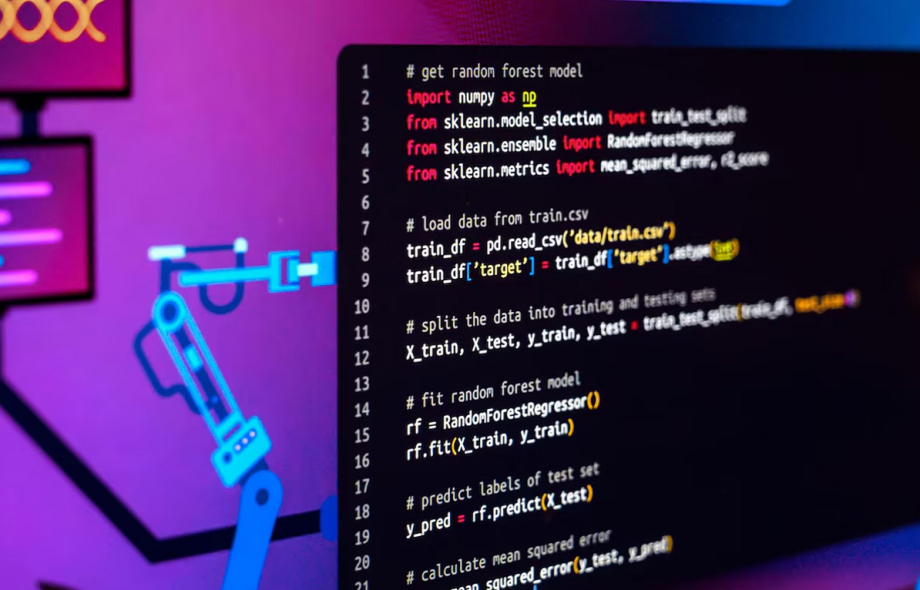Python has emerged as one of the most versatile and powerful programming languages in the tech industry, and its capabilities in app development are unparalleled. From web applications to mobile apps and everything in between, Python’s simplicity, readability, and wide array of libraries make it an excellent choice for developers looking to create robust applications. In this comprehensive guide, we will explore why Python app development is gaining traction, key benefits, popular frameworks, best practices, and successful real-world examples.
Why Python for App Development?
Ease of Learning and Use: Python’s syntax is remarkably clean and intuitive, making it a beginner-friendly language. This translates to faster development cycles and reduced learning curves.
Cross-Platform Compatibility: With Python, you can write code that runs seamlessly across different operating systems like Windows, macOS, and Linux. This flexibility is invaluable for developers targeting multiple platforms.
Extensive Libraries and Frameworks: The Python ecosystem boasts a rich collection of libraries and frameworks that simplify and accelerate development. Django, Flask, and Kivy are just a few examples of these powerful tools.
Strong Community Support: Python’s vibrant community provides ample resources, documentation, and forums to assist developers. This collective knowledge base is invaluable for troubleshooting and learning.
Rapid Prototyping: Python’s simplicity and efficiency allow developers to quickly create prototypes, iterate on ideas, and gather feedback early in the development process.
Key Benefits of Python in App Development
Faster Development Cycles: Python’s concise syntax and pre-built modules significantly reduce development time, allowing developers to focus on core functionalities.
Seamless Integration: Python integrates effortlessly with other languages and technologies, making it a versatile choice for complex projects.
Scalability: Python-based applications can scale to handle increasing user loads and data volumes, ensuring long-term sustainability.
Enhanced Security: Frameworks like Django provide built-in security features to protect against common vulnerabilities, safeguarding your application and user data.
AI and Machine Learning Integration: Python’s powerful libraries, such as TensorFlow, Keras, and scikit-learn, make it the go-to language for incorporating AI and ML capabilities into your apps.
Community and Resource Abundance: Python’s vast community ensures a constant stream of updates, best practices, and problem-solving solutions.
Popular Python Frameworks for App Development
Django: A high-level framework that emphasizes rapid development and follows the DRY (Don’t Repeat Yourself) principle. Django is ideal for large-scale web applications.
Flask: A lightweight and flexible microframework that provides the building blocks for creating web applications. Flask is great for smaller projects and APIs.
Kivy: A cross-platform framework for creating mobile apps with rich user interfaces. Kivy’s focus on user experience and performance makes it a compelling choice for mobile development.
FastAPI: A modern framework designed for building high-performance APIs. FastAPI’s focus on speed, efficiency, and developer experience has gained significant traction.
Pyramid: A versatile framework that offers flexibility and scalability. Pyramid is suitable for a wide range of applications, from simple to complex.
Best Practices for Python App Development
Modular Design: Break down your code into reusable modules and packages to improve maintainability and code clarity.
Clean and Readable Code: Write well-structured, well-commented code that is easy to understand and modify.
Automated Testing: Implement a robust testing strategy to identify and fix bugs early in the development process.
Performance Optimization: Profile your code to identify bottlenecks and optimize performance using techniques like caching and asynchronous programming.
Stay Updated: Keep up with the latest Python versions and library updates to benefit from new features and security fixes.
Document Your Code: Write clear and concise documentation to help future developers understand and maintain your codebase.
Adhere to PEP 8: Follow Python’s official style guide, PEP 8, to ensure consistent code formatting.
Real-World Examples of Python App Development
Instagram: This popular social media platform relies on Python to handle massive amounts of user data and content.
Spotify: The world’s leading music streaming service leverages Python for backend services, data analysis, and machine learning.
Dropbox: This cloud storage service utilizes Python for its cross-platform applications and efficient data management.
Reddit: This social news aggregation website uses Python to power its dynamic and high-traffic platform.
Quora: This question-and-answer platform relies on Python to manage large-scale user interactions and content.
Conclusion
Python’s versatility, ease of use, and powerful ecosystem make it an excellent choice for app development. By following best practices and leveraging the right frameworks, you can build robust, scalable, and efficient applications. Whether you’re a seasoned developer or just starting out, Python offers a solid foundation for your app development journey.












